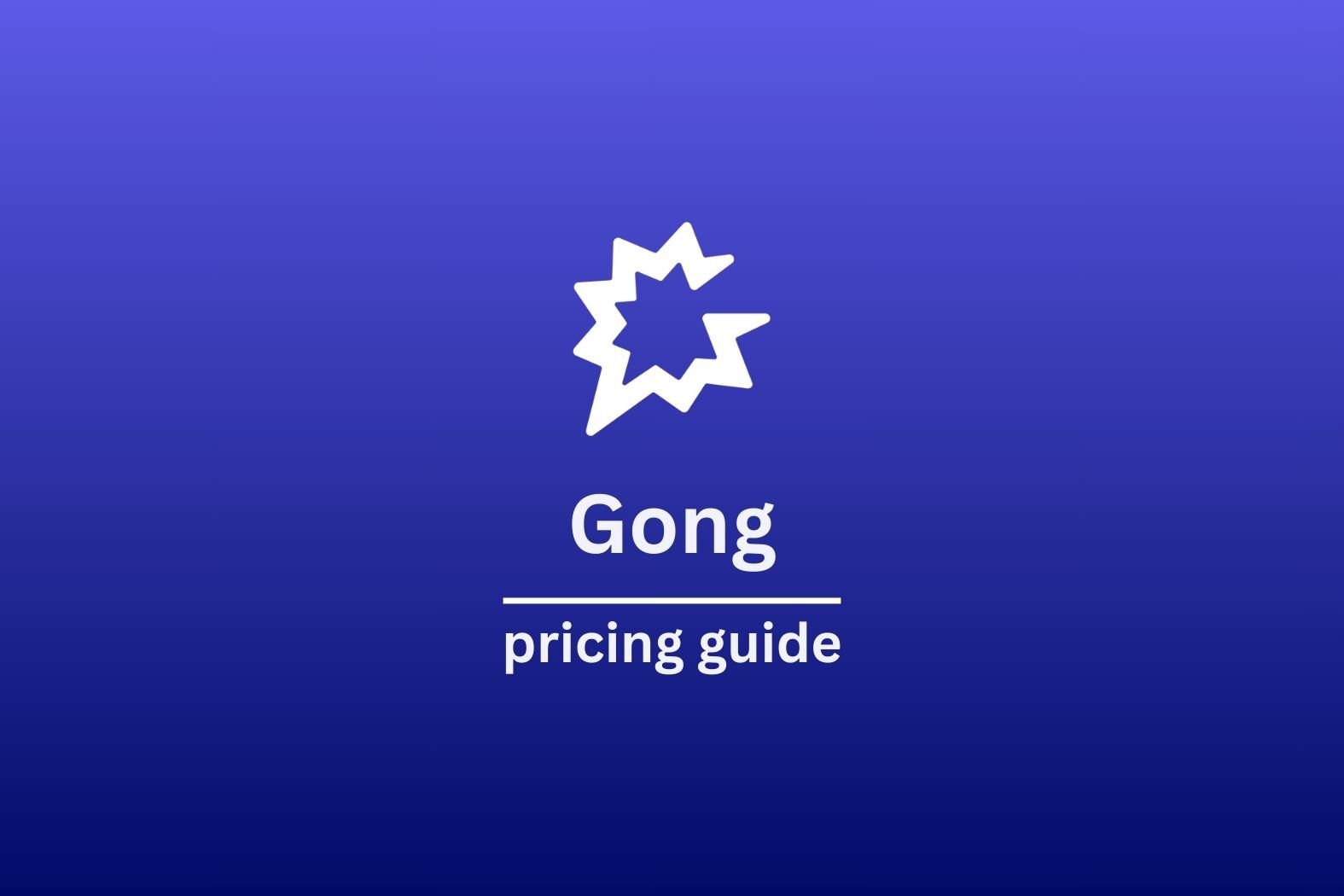At the end of the day, businesses are all about catering to the needs of the customers. An NPS scale or Net Promoter Score scale helps to this end. It is essential to learn about this scale and how to calculate the same. This scale, which is essentially the service industry’s food board or litmus test is vital to assess and track service over time.
Usually ranging from 1-10, the NPS scale is usually used in any industry that customer service or customer success plays a heavy role in, such as the hospitality, finance, food and beverage, and retail sector.
In this article:
- What is an NPS score
- What is an NPS scale
- How to calculate NPS (net promoter score)
- How to utilize the NPS scale to improve the company
- How to improve NPS score from 0-10
- Limitations of the NPS scale
- Businesses that use the NPS scale
What is an NPS score?

Net Promoter Score is a customer loyalty, and satisfaction metric that predicts business growth and attempts to understand the customer’s experience. This was founded by Satmetrix in 2003, but since then, it has been an integral part of many industries to understand customer satisfaction and how likely they are to contribute to the growth of the business.
Usual questions on an NPS questionnaire are regarding the service and delivery experience. For a product-oriented business, the questions are usually regarding the quality and the pricing of the product. But the ultimate question that is asked by them remains the same throughout the industry: “How likely are you to recommend a product/company/brand to a friend/relative/colleague?”
What is an NPS scale?
An NPS scale is usually an 11 point rating scale ranging from 0 to 10. 0 is considered as the worst and 10 being the best. However, the scale is not limited to this and can vary from company to company. Some companies have emoticons instead of numbers: such as a grumpy red face representing the worst rating, and a happy smiling face representing the best. Other companies also use a shorter scale that ranges from 1 to 5.
Why is the NPS scale crucial?
There are few reasons why the NPS scale has been considered essential for the service industry. Firstly, the ease of completing the customer is a large factor. Unlike other types of quizzes, especially qualitative questionnaires, the NPS scale’s results are fully quantitative, and therefore, easy to track over time and measure. Additionally, due to its prominence, the NPS matric is considered a common benchmark to compare your company’s effectiveness against other departments or even competitors.
However, the most important factor is the ability to predict a higher increase in the average customer lifetime value (CLTV) or lifetime value (LTV), due to increased spending spurred on by customer satisfaction. In some cases, the cost of acquisition (CAC) can even decrease, due to the increase in positive brand awareness and word of mouth, brought about by your promoters.
Classifying customers based on the NPS scale

In accordance with an 11-point NPS scale, customers who rate companies in the range of 9-10 are considered to be the promoters who are likely to add to the growth of the company by generating revenue by either buying or subscribing to their services. Additionally, they are also the most likely to recommend these services to their peers.
Passive customers are those that give a score of either 7 or 8. They are moderately satisfied but will change their loyalty to another brand if they are presented with a better offer. Any customers that give a score below 7 are known as Detractors. These detractors have a chance of damaging the brand value by generating negative reviews or negative commentary on social media.
How to calculate NPS (Net Promoter Score)?
The calculation of the Net Promoter Score is simple. The company simply needs to subtract the percentage of detractors from the total percentage of promoters. However, it is important to remember that the majority of reviews are generally comprised of passives reviews who gave a score of 7 or 8.
NPS = % of promoters – % of detractors
NPS calculator
You can also cross-check your calculations with an automatic NPS calculator such as this one! This works essentially as a percentage difference calculator for the number of promoters minus detractors.
How to utilize the NPS scale to improve service?

There are few things to learn from the NPS scale to improve service. Here are some of the findings one could identify:
- According to the type of questions asked, a company’s strengths and weaknesses can be illuminated.
- The trend of NPS score over time indicates how large business changes have been interpreted by your customers.
- The proportion of promoters, detractors, and passive customers, and then, how to act accordingly.
- Which departments, products, or other sub-areas of the larger company need improvement or should be a role model for success.
- You can proactively test the NPS scale in order to assess the effectiveness of various marketing, sales, and customer service campaigns and align spending accordingly.
How to improve your NPS scale position?
There are always ways to improve the results on the NPS scale. One of the simpler ways to improve the score is to not hesitate while asking the customers. The company should ask them directly about the things that they liked and things that they would want to improve to ensure their continuing loyalty. This would be a mixture of qualitative and quantitative questions.
Quantitative results are best used to illuminate areas in need of further investigation. One common tactic is to send follow-up qualitative questionnaires to your detractors and passive customers with short-answer fields. Another common method is to conduct online customer research, through recording online video calls with customers and archiving and sharing these for further insights.
One common tool in the service industry is tl;dv, which enables teams to record, transcribe and share customer and team video meetings. The qualitative insights gained through these methods can be used to main systemic changes, which are then tested by further quantitative NPS questionnaires.
Another way of improving the collection process is by improving the timing of sending the feedback survey. If the company sends the feedback survey to the customers during busy hours, chances are they will be unable to give accurate feedback. Therefore, timing is of the essence. Also, one should send their NPS scale survey only after the customer has used the product. However, the timing should not be too long after, as the customer might forget crucial elements of the product experience.
Limitations of the NPS Scale
The limitations of the NPS scale are some factors that are beyond the reach of the company. Research shows people are more likely to rate a bad experience rather than a good one. The chances are that your most loyal customers are ignoring the NPS feedback survey. This causes the number of passives and detractors to outscore the promoters.
Such an imbalance can prove to be detrimental to the functioning of the company and demotivating for the people that are involved. Therefore, it is crucial not to treat this number as the final verdict but as a trend that can be continuously improved. This will ensure that the churn rate of the customer is decreased and the revenue generation for the company increases.
Businesses that use the NPS scale

The banking sector is known to use its customized NPS scale at numerous touchpoints along the customer journey. The food and beverage industry is also known to use the NPS feedback survey quite extensively. This is especially important given the commonplace of online reviews in this industry, which can seriously harm or propel a business.
Essentially, the industries that use the NPS scale most commonly are those that customer service is either an intrinsic part of the industry or is that company’s unique selling point (USP).
But it should be noted that the NPS scale is not limited to these industries and can be used anywhere to improve the business and make a note of customer satisfaction.
Final thoughts of the NPS scale
NPS should not be considered as an end but rather as a starting point to change and improve things. NPS scale may not provide all the necessary information about the workings of a business. However, if coupled with other management tools and additional management and service framework, this can prove to be useful. NPS will help you assess the stage of your business; after that, you are on your own to improve it.





